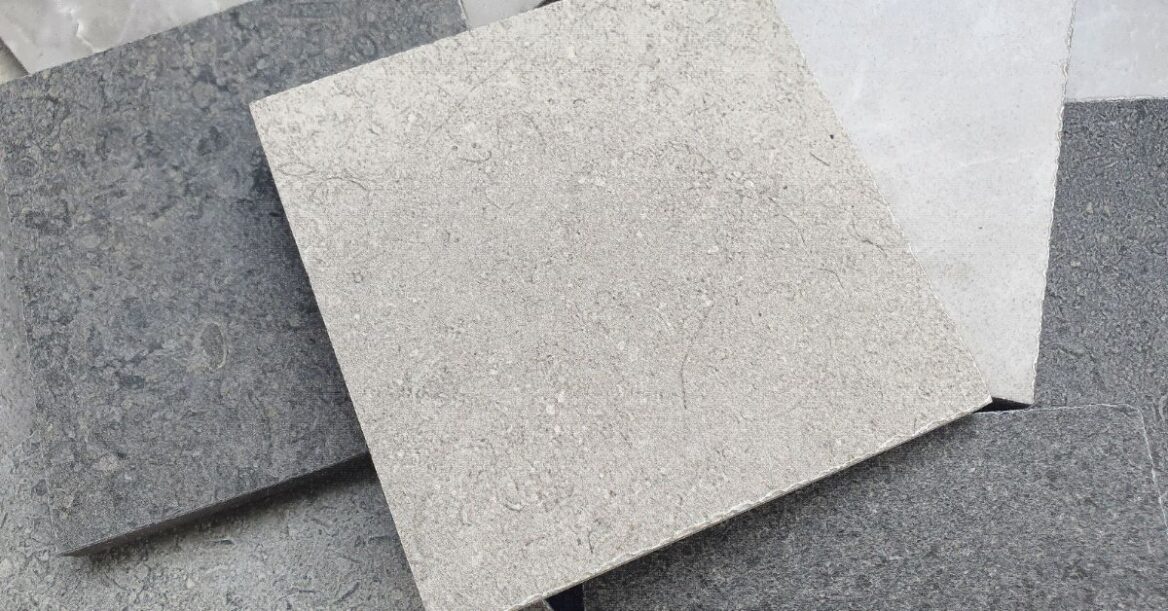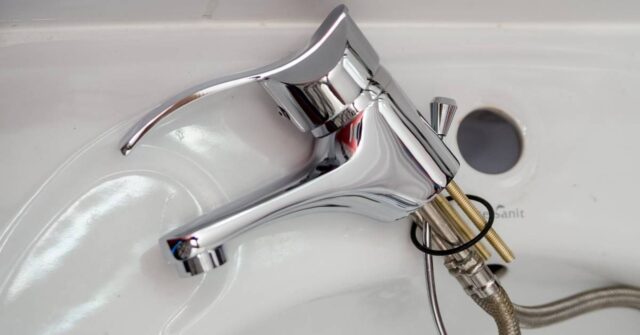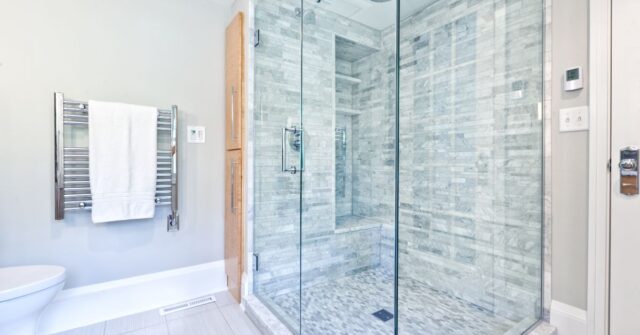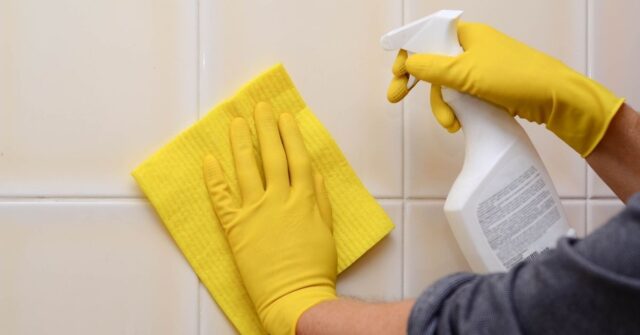Cleaning non-slip floor tiles can be a tricky business, but with the right approach, your floors can sparkle like new.
This guide dives deep into the process, helping you maintain safety and hygiene without breaking a sweat.
Why Cleaning Non-Slip Floor Tiles Is Essential
Non-slip tiles are designed to provide grip and prevent accidents, making them a staple in bathrooms and kitchens.
However, their textured surfaces can trap dirt and grime, leading to reduced slip resistance over time. Regular cleaning not only keeps your floors looking pristine but also ensures they remain safe to use.
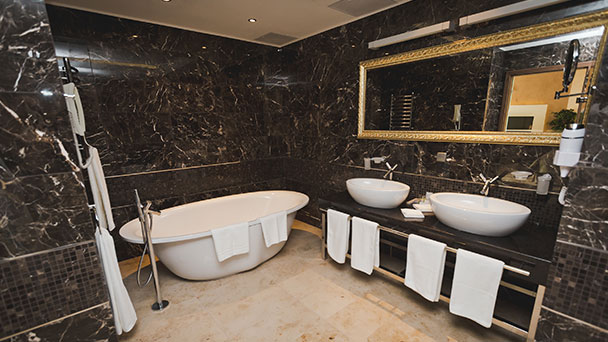
The Importance of Regular Maintenance
Regular upkeep helps prevent the buildup of debris and stains that can compromise the effectiveness of non-slip surfaces. Think of it like brushing your teeth – you wouldn’t skip that, would you?
Common Issues with Non-Slip Floor Tiles
Textured tiles are notorious for holding onto dirt, grease, and other residues. Left unaddressed, these can create slippery patches, defeating the purpose of non-slip flooring.
How Cleanliness Impacts Slip Resistance
Dirt and oils create a thin layer over the textured surface, reducing traction. A clean floor offers the grip it was designed for, keeping your home both safe and stylish.
Understanding Non-Slip Floor Tiles
To clean effectively, it’s important to understand the materials and design behind your tiles. Non-slip tiles come in various types, each with unique features and cleaning requirements.
What Are Non-Slip Floor Tiles?
Non-slip tiles are engineered with textured or matte finishes that increase friction. They’re popular in wet areas like bathrooms, kitchens, and pool surrounds.
Types of Non-Slip Surfaces and Their Characteristics
From ceramic to vinyl, non-slip tiles vary in material and texture. Ceramic tiles are durable but require gentler cleaning methods, while vinyl can handle slightly stronger chemicals.
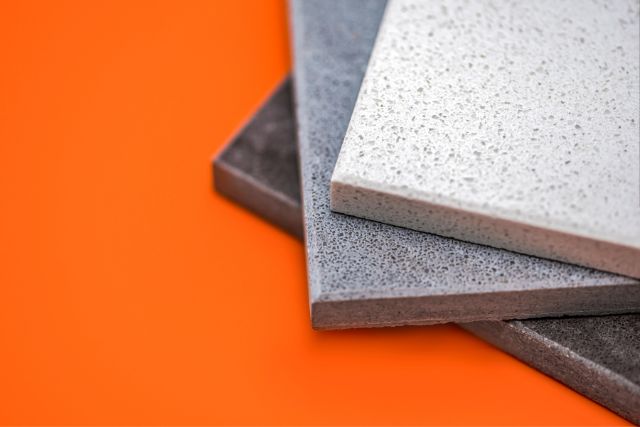
Challenges Unique to Cleaning Textured Tiles
The grooves and patterns that prevent slips can also harbour grime. Cleaning requires a careful approach to avoid damaging the surface while thoroughly removing dirt.
Tools and Materials You’ll Need
The right tools and products make all the difference. Think of these as your cleaning dream team.
Essential Cleaning Tools for Non-Slip Tiles
Start with a soft-bristle brush, microfiber mop, and bucket. These tools help dislodge dirt without scratching the tiles.
Choosing the Right Cleaning Products
Stick to neutral pH cleaners to avoid damaging your tiles. Avoid bleach or harsh chemicals that can erode the surface texture.
Why Neutral pH Cleaners Are Best for Non-Slip Tiles
Neutral cleaners are gentle yet effective, removing grime without stripping protective coatings or dulling the finish.
Additional Supplies for Stubborn Stains
For tougher spots, you’ll need a non-abrasive scrub pad and a targeted cleaner, like Bar Keepers Friend, to tackle grease or hard water stains.
Step-by-Step Guide to Cleaning Non-Slip Floor Tiles
Follow these steps for a spotless and safe floor every time.
Step 1: Preparing Your Cleaning Area
Clear the area of furniture and rugs. Sweep up loose debris to make cleaning more effective.
Step 2: Removing Loose Dirt and Debris
Use a soft broom or vacuum cleaner to pick up dirt and dust. This prevents scratching during the cleaning process.
Step 3: Preparing the Cleaning Solution
Mix a neutral pH cleaner with warm water. Follow the instructions on the label for the right concentration.
Step 4: Scrubbing and Removing Tough Stains
Use a soft-bristle brush to scrub the tiles gently, focusing on any stained areas. Apply extra cleaner to problem spots and let it sit for a few minutes before scrubbing.
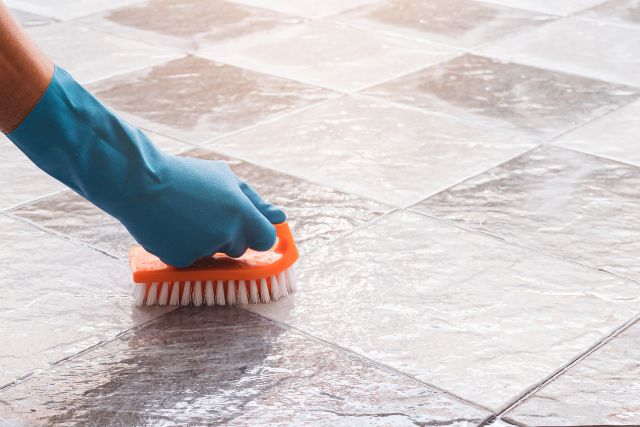
Step 5: Rinsing Thoroughly
Use clean water to rinse away soap and loosen dirt. Ensure no residue remains, as this can make the floor slippery.
Step 6: Drying the Floor to Avoid Slips
Finish with a dry mop or towels to remove excess water. A dry floor is a safe floor!
Common Mistakes to Avoid
Avoiding these pitfalls will save you time and effort while protecting your tiles.
Using Harsh Chemicals That Can Damage the Floor
Stay away from strong acids or bleach. These can eat away at the tile surface, reducing its slip resistance.
Overwetting the Floor During Cleaning
Excess water can seep into grout lines, leading to mould growth. Mop sparingly and dry thoroughly.
Failing to Remove Cleaning Residue
Soap scum is slippery! Always rinse well to leave your tiles truly clean.
How to Maintain Non-Slip Floor Tiles
Consistent care keeps your tiles in top shape and extends their lifespan.
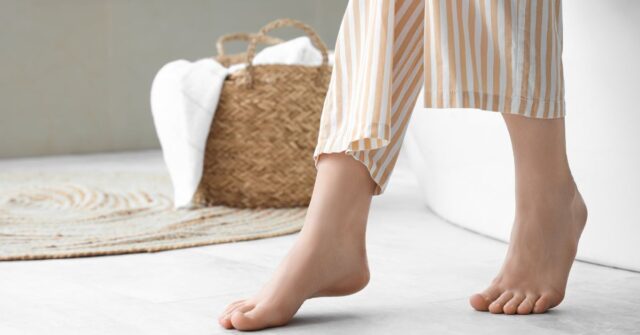
Daily Cleaning Habits
Sweep or vacuum daily to prevent dirt buildup. It’s a quick step that pays off in the long run.
Weekly and Monthly Deep Cleaning Tips
Perform a thorough clean every week, and focus on grout and corners monthly to tackle hidden grime.
Preventive Measures to Minimize Dirt Accumulation
Place mats at entry points and encourage guests to remove their shoes. This keeps dirt out in the first place.
How to Handle Spills Effectively
Wipe up spills immediately to prevent stains and maintain slip resistance. Keep a cleaning cloth handy for quick action.
Special Techniques for Stubborn Stains
Some stains need a little extra elbow grease. Here’s how to handle them.
How to Deal with Grease and Oil Stains
Apply a degreaser to the affected area and scrub gently. Rinse thoroughly to remove residue.
Removing Hard Water Stains and Soap Scum
Use a mixture of vinegar and water or a specialised cleaner to break down mineral deposits. Rinse well to prevent streaking.
Tackling Mold and Mildew on Non-Slip Surfaces
Scrub affected areas with a diluted bleach solution or an anti-mould spray. Rinse and dry completely to prevent regrowth.
Top Recommended Products for Non-Slip Floor Tile Cleaning
Invest in high-quality products to make cleaning easier and more effective.
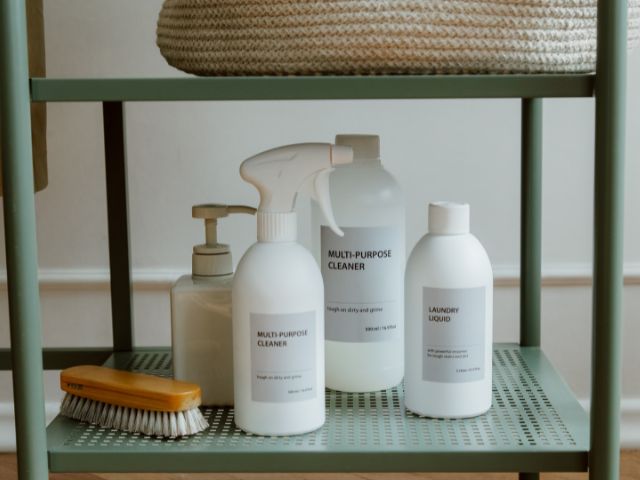
Best Neutral pH Cleaners
Look for brands like Zep or Fabuloso, which are both gentle and powerful.
Eco-Friendly Cleaning Solutions
Opt for biodegradable options like Seventh Generation for a greener clean.
Specialty Tools for Effective Cleaning
A steam mop can be a game-changer for deep cleaning without chemicals.
Preventing Slips and Falls on Non-Slip Floor Tiles
Maintenance goes beyond cleaning—safety measures are essential too.
Ensuring Proper Footwear
Non-slip shoes reduce the risk of accidents, especially in kitchens and bathrooms.
Using Non-Slip Rugs and Mats
Place these in high-traffic areas to catch dirt and provide extra grip.
Keeping Floors Dry and Debris-Free
Quick drying and daily sweeping prevent accidents and keep your floors looking their best.
Frequently Asked Questions
Got questions? We’ve got answers.
Can Non-Slip Tiles Lose Their Slip Resistance Over Time?
Yes, if they aren’t cleaned regularly. Dirt and wear can reduce effectiveness, but proper care can extend their life.
What Is the Best Way to Remove Sticky Residue?
Use a mix of warm water and dish soap to dissolve sticky messes. A soft scrub pad works wonders here.
How Often Should I Deep Clean Non-Slip Tiles?
Deep clean at least once a month, or more often in high-use areas.
Conclusion
Keeping non-slip floor tiles clean doesn’t have to be a chore. With the right tools, techniques, and a bit of consistency, your floors will be safe, clean, and long-lasting.
Remember, a little effort now saves big headaches later on.

